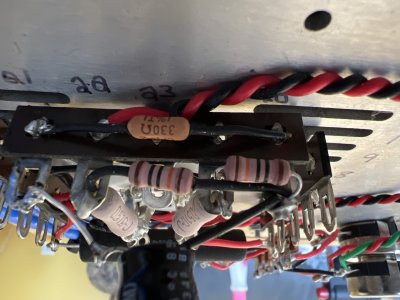Kurthaudio
New member
The parts used in this preamp are either the same quality or higher. The values have been checked double checked then rechecked time and time again. I used my fluke 902 to measure most values I used my LCR meter to measure the rest. to be 100% certain they are the correct values. I also had these exact voltages with the stock parts
I can re-install all the original parts if you would like to show I’m getting the exact same problem.
The tubes have not been installed backwards
The tube sockets are installed with larger pins to the back as stated in the instructions.
Let’s just assume all values are installed correctly and all pins are in good contact. All solder joints are properly soldered. Would a set of bad tubes (possibly damaged from my first attempt) possibly cause this? If not……. What should be my next step to get this resolved?
I can re-install all the original parts if you would like to show I’m getting the exact same problem.
The tubes have not been installed backwards
The tube sockets are installed with larger pins to the back as stated in the instructions.
Let’s just assume all values are installed correctly and all pins are in good contact. All solder joints are properly soldered. Would a set of bad tubes (possibly damaged from my first attempt) possibly cause this? If not……. What should be my next step to get this resolved?

